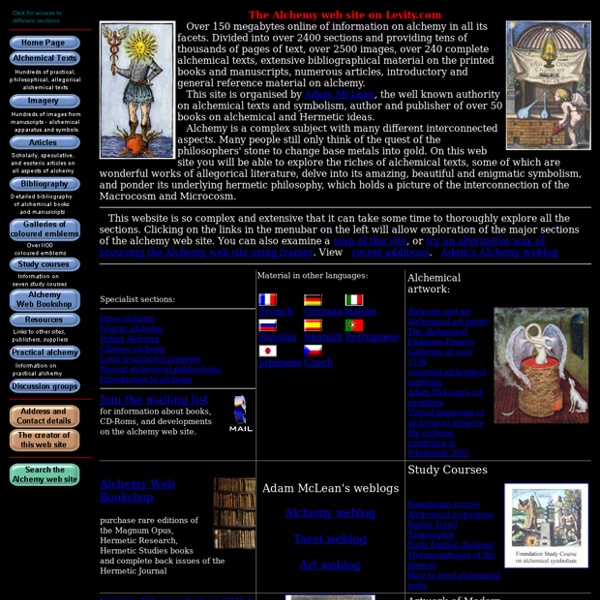



Search Engine & Alphabetical Directory Ellie's World Blogs 2016 2015 2014 2013 2012 2011 2010 2009 2008 2007 2006 2005 2004 2003 2002 2001 2000 Archived Stories and Articles, Healing and Awareness, More Ellie's Biography Ellie's World Daily Blog Ezine: Crystalinks Daily Blog Crystalinks' Mission Statement 11:11 - Encoded Digital Messages 12 Around 1 Geometry of Creation12 Days of Magic12 Fibonacci Goddesses12 Pyramids of Thoth12 Strand DNA 12 Tablets - Lunar Journey The Lost Tablets 2000 - Ellie's Trip to Egypt2001 A Space Odyssey - This Spake Zarathustra2012 - Mayan Calendar Prophecy3, 2, 1, Countdown, Sequential Digital Triggers36 Around 1414440444 555666 Mark of the Beast90 Degrees of Separation9/11 Aboriginal PeopleAcupressureAcupunctureADD & ADHDAffirmations - Thinking PositivelyAgartha - Hollow EarthAgeismAgingAgricultureAjanta Caves Akashic RecordsAkhenatenAkkadia Alchemy Index Ancient and Lost CivilizationsAncient Alien Theory - Ancient AstronautsAncient Flying Vehicles, VimanasAncient MedicineAncients Animals IshtarIsis
The Rotation of the Elements (c) 1995, John Opsopaus When thou hast made the quadrangle round, Then is all the secret found. -- George Ripley (d. 1490) The rotation of the elements is a key alchemical procedure, the principal means by which the purified essence of a substance is extracted and raised to its most sublime state. Indeed, the rotation symbolizes an important transformative process, which manifests throughout the spiritual and material worlds, but to understand it we must review the symbolic structure of the four elements. The elements have been rich symbols for at least 2500 years, for they resonate with our deepest experience of the world. Now hear the fourfold roots of everything: Enlivening Hera, Hades, shining Zeus And Nestis, moistening mortal springs with tears. Hera rules the fruitful earth, Hades the central fire, Zeus the luminescent air, and Nestis the mollifying water The rotation of the elements depends on two interrelated structures, one linear and the other cyclic. Square of Opposition Phanes
Educate-Yourself.org:The Freedom of Knowledge; The Power of Thought Gnostic Radio About Gnostic Radio Gnostic Radio broadcasts lectures about spirituality, psychology, philosophy, science, art, gnosis, religion, kabbalah, the Bible, Buddhism, Hinduism, Greek myth, Runes, astrology, alchemy, meditation, the Zohar, Tantra, Alchemy, sacred sexuality, and much more. Gnostic Radio is a free public service produced by Glorian Publishing, a non-profit organization, and made possible by the donations of those who have recognized the value of these teachings and who wanted to share them with you. Support Gnostic Radio: Donate About the Instructors The instructors who teach the lectures here are volunteers from a wide variety of backgrounds. Live Lectures For almost ten years, Gnostic Radio broadcast live lectures every week. Speaking of retreats, we receive many requests from listeners who want to attend a lecture in person.
Free forum : OPPT Court Cases Internet Sacred Text Archive Home